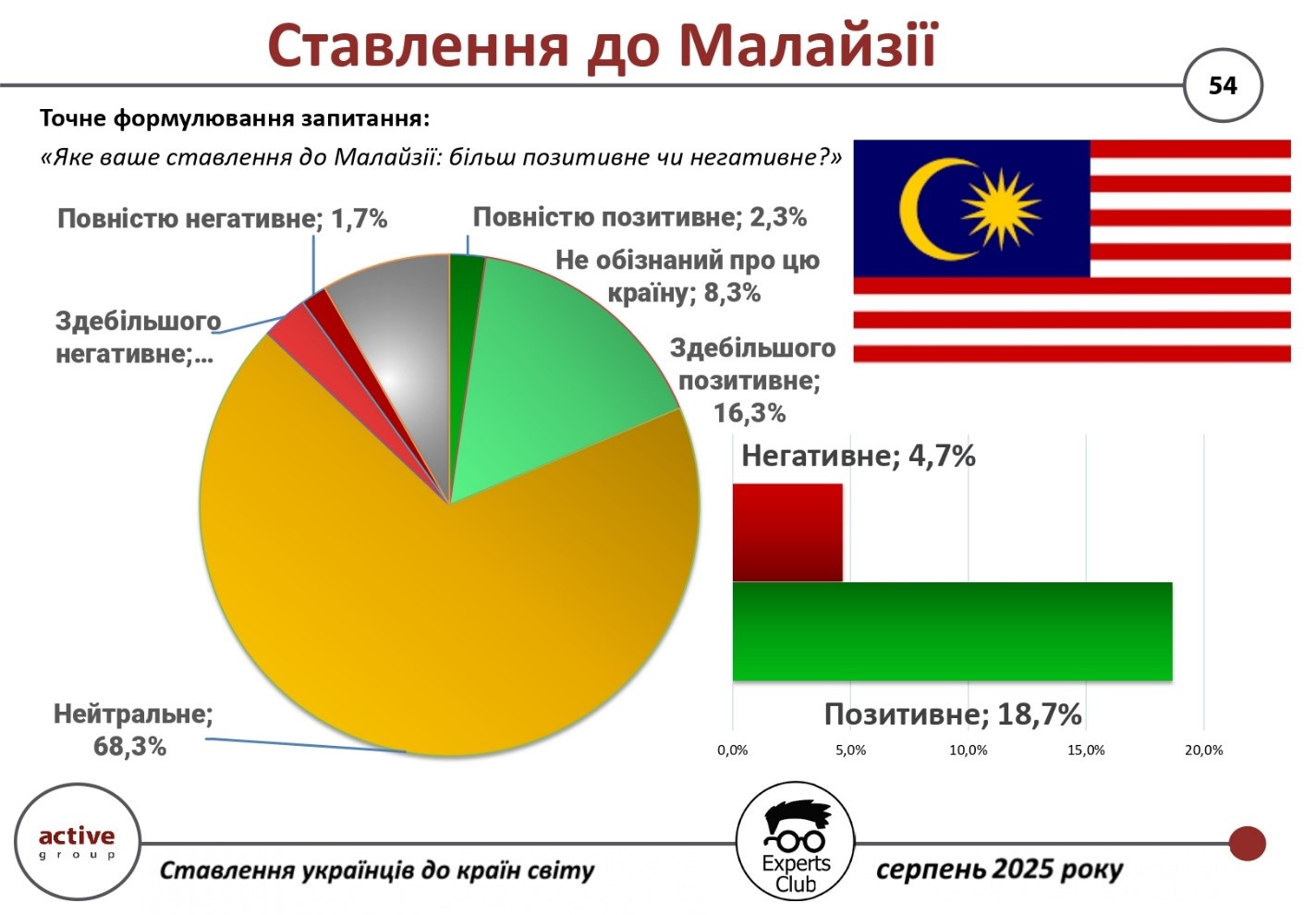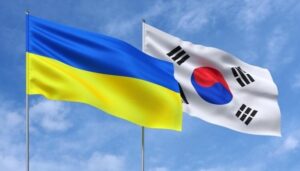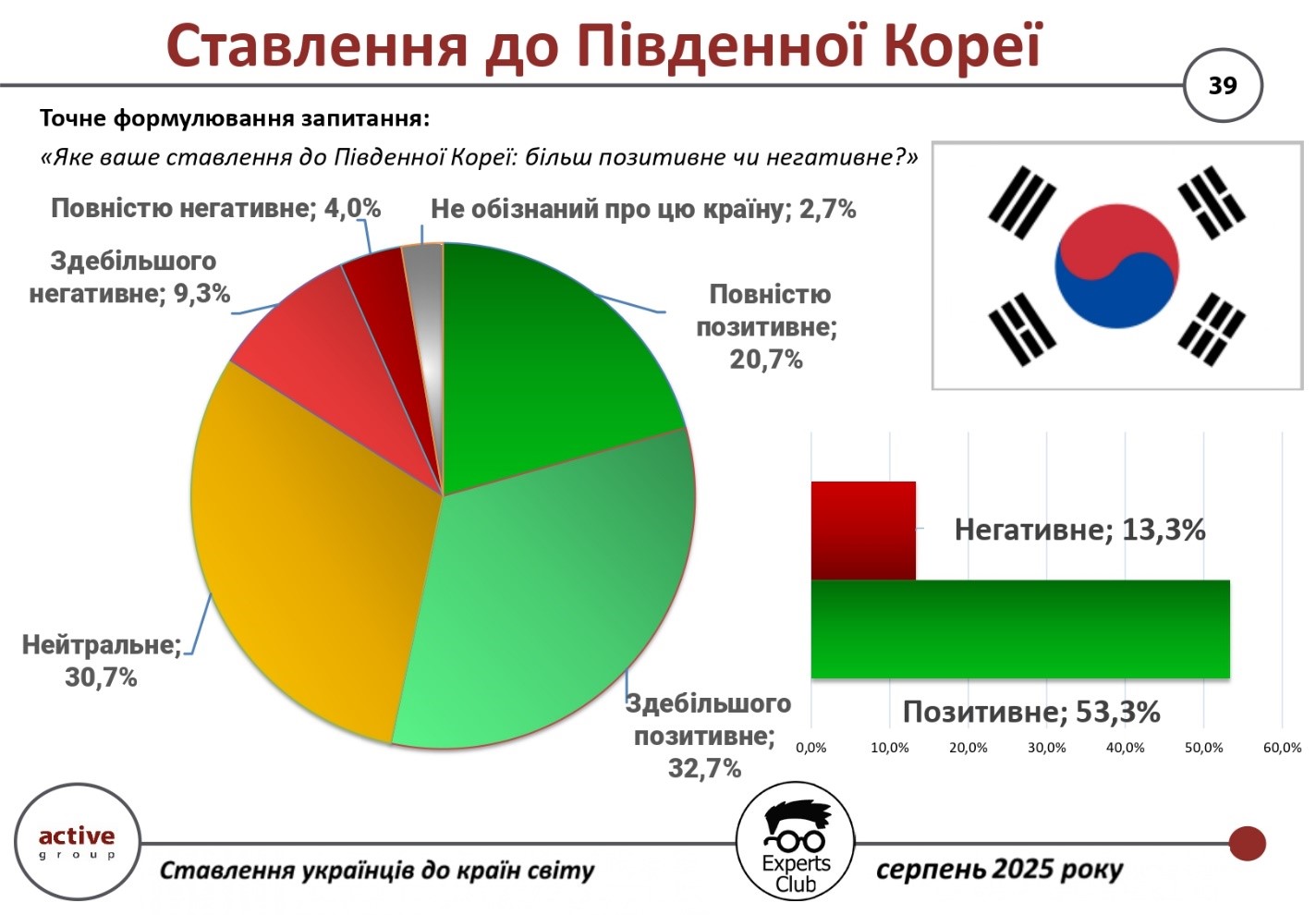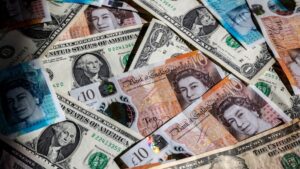
On September 16, the leasing company ULF-Finance LLC, part of Sergey Tigipko’s TAS Group, began a public offering of five-year bonds of series F1 and E1 with a total nominal value of UAH 150 million and UAH 250 million, respectively, on the PFTS stock exchange.
“The financial resources raised from the placement of bonds are planned to be used in full (100%) to finance an increase in the volume of financial leasing services,” the prospectuses note.
According to the prospectuses, coupon income on F1 series bonds is paid upon redemption at a rate of 20% per annum, while E1 series bonds provide for an annual offer and quarterly interest payments, with a nominal yield of 19% per annum in the first year of circulation.
The nominal value of each issue is UAH 1,000, and the placement period is until August 23 of the following year. There is no information about transactions concluded on the exchange yet.
According to the prospectuses, before entering the market with new issues, the company placed 611,917 thousand bonds of series A, B, C, D, E, F, G, H, I, J, K, M, N, O, P, Q, R, S, T, U, V, W, X, Y, A1, B1, C1, D1.
The ULF-Finance website states that the company has been operating since 2011 and has been part of the TAS Group since 2017, whose members also include TAScombank and Universal Bank. ULF-Finance provides financial, operational, and reverse leasing services for transport, special equipment, and machinery. Among its clients, the company, which is represented in 17 cities, mentions Ukrzaliznytsia and Nova Poshta.
ULF-Finance’s revenue in the first half of 2025 grew by 46.9% to UAH 260.40 million, while net profit decreased by 33.6% to UAH 37.62 million.
In its prospectus, the company forecasts an increase in revenue this year to UAH 838.84 million and next year to UAH 1,095.11 million, with net profit growing to UAH 113.76 million and UAH 186.70 million, respectively.

A survey conducted by Active Group in collaboration with Experts Club showed that most Ukrainians refrain from giving clear assessments of Malaysia: 68.3% of respondents said they had a neutral attitude toward this country.
At the same time, 18.7% of Ukrainians expressed a positive attitude (in particular, 2.3% said they were “completely positive” and 16.3% said they were “mostly positive”), while 4.7% expressed a negative attitude. Another 8.3% of respondents admitted that they did not have enough information about Malaysia to form an opinion.

According to the results of Ukraine’s foreign trade with Malaysia in the first half of 2025, the trade turnover amounted to $193.8 million. At the same time, Ukrainian exports amounted to only $41.2 million, while imports from Malaysia reached $152.6 million.
Thus, the negative balance for Ukraine amounted to $111.4 million, which indicates a significant dependence on Malaysian imports.
The founder of Experts Club, economist Maksim Urakin, emphasized that in relations with Malaysia, it is worth focusing on expanding Ukraine’s export opportunities.
“Today, we see a significant imbalance in trade with Malaysia, which reduces the economic effect of cooperation for Ukraine. A promising direction could be agro-industrial exports, in particular products from the food and processing industries. At the same time, the neutral attitude of most Ukrainians opens up space for the development of cultural and information diplomacy,” the expert stressed.
The full video can be viewed at: https://www.youtube.com/watch?v=YgC9TPnMoMI&t
You can subscribe to the Experts Club YouTube channel here: https://www.youtube.com/@ExpertsClub
ACTIVE GROUP, EXPERTS CLUB, MALAYSIA, Pozniy, SOCIOLOGY, TRADE, UKRAINE, URAKIN


According to a survey conducted by Active Group in cooperation with Experts Club in August 2025, more than half of Ukrainians have a positive opinion of South Korea.
In total , 53.3% of respondents expressed favorable attitudes toward this country (32.7% – mostly positive, 20.7% – completely positive). A neutral attitude was recorded in 30.7% of respondents, and negative assessments amounted to 13.3%. Another 2.7% said they did not know enough about the country.
“South Korea is perceived by Ukrainians as a modern high-tech country that is developing dynamically and at the same time preserving its cultural identity. Ukrainians see it as a potential partner, especially in the field of technology, education, and innovation,” said Oleksandr Poznyi, CEO of Active Group.
At the same time, Maksym Urakin, co-founder of Experts Club, emphasized the economic dimension of bilateral relations:
“In the first half of 2025, the total trade turnover between Ukraine and the Republic of Korea amounted to more than $518 million. Exports of Ukrainian goods amounted to only $96.9 million, while imports amounted to more than $421 million. This resulted in a negative trade balance of $324 million. The situation demonstrates the need for more active promotion of Ukrainian goods to the Korean market, particularly in the agricultural and food sectors,” he emphasized.
The research is part of the systematic monitoring of Ukraine’s international relations and public opinion about its partners in the world.
The full video can be viewed here:
https://www.youtube.com/watch?v=YgC9TPnMoMI&t
You can subscribe to the Experts Club YouTube channel here:
https://www.youtube.com/@ExpertsClub
ACTIVE GROUP, EXPERTS CLUB, Poznyi, SOCIOLOGY, SOUTH KOREA, TRADE, UKRAINE, URAKIN

In a number of Ukrainian cities there is a phenomenon of “cannibalization” of hotel projects, when too many complexes are built on a limited territory, said partner of Apartel resorts Eugene Kudryavchenko in an interview to the agency “Interfax-Ukraine”.
“We see that in some locations dozens of projects are launched at the same time. In the short term it looks positive, but in 3-4 years, when most of the objects will be put into operation, the competition will be intensified, and some investors will face problems with payback”, – he said.
The expert emphasized that it is important to take into account not only the attractiveness of the place, but also the possibilities of the sales market, otherwise oversaturation of supply is possible.
Apartel resorts is a development company specializing in projects of apart-hotels and hotel real estate in Ukraine.

At the beginning of the 2025-2026 marketing year (July-June), the agricultural sector is actively reviewing salaries, with 79% of agricultural companies having already raised staff salaries and another 21% planning to do so by the end of 2025, according to the results of a study by Agrohub.
According to the study, the agronomic service is showing the highest income growth rates among key personnel categories: 81% of companies have raised agronomists’ salaries by 15-25%.
In engineering services, the majority (among 54% of companies) of salary increases were within 20%, among 18% of companies, incomes increased by more than 25%, and among another 18%, incomes remained unchanged.
A similar balance is observed among elevator personnel, where companies’ approaches range from moderate indexation to no change at all. In the land service, indexation of approximately 15% prevails (63% of companies), 27% increased income by 20-25%, and another 18% added more than 25% to salaries.
Among the survey participants who have already reviewed their employees’ income for 2025, 55% of companies have livestock farming in their business structure. The dynamics in this area vary: while in dairy and beef cattle farming, employees’ incomes have increased by 15-20% on average, there have been virtually no changes in pig farming.
In addition, among personnel on a combined form of payment (fixed + piecework), the largest increase in income was among machine operators (mainly by more than 25%), drivers — up to 20%, and colleagues from elevators — up to 15%. Furthermore, an analysis of piecework rates shows that they increased by 10–20% for machine operators and drivers, and by up to 15% for elevator personnel.
At the same time, most survey participants raised salaries starting in April 2025. Among the main reasons, companies cite the alignment of wages with market rates, competition for personnel, inflation expectations, and better-than-expected financial results for the season.
“We see that the labor market in the agricultural sector is proactive. Agronomists remain a key category for business, and companies are willing to invest in their motivation. The preference now is for increasing the salary component: it is more expensive for the employer, but more effective for retaining staff,” said Dmitry Lebedev, head of Agrohub Benchmarking, whose words are quoted in the report.
Agrohub conducted the HR360 Benchmarking study “Changes in the income levels of crop, livestock, and elevator personnel in 2025” in July 2025 among the 14 largest agricultural holdings in Ukraine with a total land bank of about 2 million hectares and a staff of more than 65,000 people.

Over the past three and a half years, Ukraine has received more than $145 billion in international financial aid, which has allowed it to maintain macro-financial stability amid a full-scale war and guarantee all necessary social spending, Finance Minister Serhiy Marchenko said during a series of bilateral meetings with finance and economy ministers from G7 countries and the EU, representatives of the European Commission and the IMF on September 20 in Copenhagen.
“Given that the war continues, the challenges for the financial system remain, and continued external support is extremely important. In 2025 alone, more than $30.6 billion in external financing has already been attracted, and the need for the current year is $39.3 billion,” the Ministry of Finance quoted him as saying in a press release on its website.
It is noted that the minister discussed with his colleagues options for additional financial support for Ukraine, in particular, the possibility of implementing the European Commission’s recently presented initiative on a reparations loan guaranteed by frozen Russian assets.
As specified by the Ministry of Finance, as part of the G7 Extraordinary Revenue Acceleration for Ukraine (ERA) initiative worth $50 billion, Ukraine has received about $23 billion from its partners since the end of last year from the proceeds of frozen Russian assets.
Marchenko noted the support of the Canadian and EU governments for the initiative. In particular, Canada’s contribution to ERA is CAD 5 billion (about $3.4 billion), and the EU’s contribution is EUR 18.1 billion (about $20 billion).
In addition, the minister stressed that the government continues to work on implementing the necessary reforms for the implementation of the EU’s Ukraine Facility financial instrument for 2024-2027 in the amount of EUR 50 billion, within which more than EUR 22.6 billion has already been raised.
The Ministry of Finance specified that negotiations were held with Canadian Finance Minister François-Philippe Champagne, Danish Minister of Economy Stephanie Løse, European Commissioner for Financial Services, Savings, and Investments Maria Luisa Albuquerque, and Director of the IMF’s European Department Alfred Kemmer. The parties discussed the state of Ukraine’s financial system, budgetary needs for 2026, new mechanisms for budgetary support for Ukraine, and reforms.
In particular, Marchenko discussed with Kämmer the possibility of launching a new cooperation program with the IMF by the end of the year, a request for which the Ukrainian side recently sent to the Fund.
Earlier, the finance minister estimated Ukraine’s external financing needs in 2026 at $45.5 billion, and the total amount of external financing required for the period of the new four-year program with the IMF at $150 to $170 billion.
As reported, the current four-year EFF extended financing program with the IMF in the amount of $15.6 billion, which was approved in March 2023, initially provided for a total of $115 billion in external financing for Ukraine with the participation of international partners in the baseline scenario and $140 billion in the negative scenario, but with the delay in entering the war, these figures were increased to $153 billion and $165 billion, respectively.